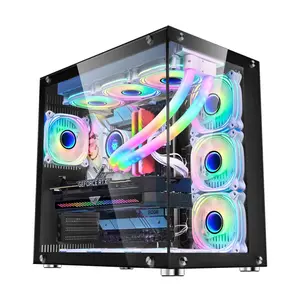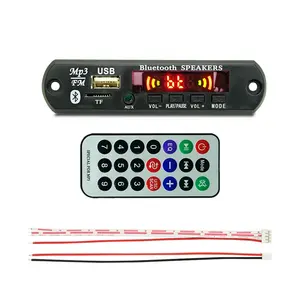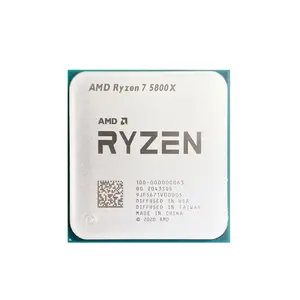Popular in your industry

































































Related Searches:

























































 Ready to Ship
Ready to Ship































































































Top categories
About 2d barcode printer
The 2D barcode printer represents a specialized device for generating and printing 2D barcodes. It is a versatile solution in industries where these barcodes are essential for tracking, inventory management, and identification applications. The 2D barcode printer is a powerful tool for creating various types of 2D barcodes, including QR codes, Data Matrix codes, and Aztec codes. The device offers advanced features, such as high-resolution printing and precise barcode generation, to ensure optimal scanability. The 2D barcode printer is commonly used in sectors like retail, healthcare, logistics, and manufacturing, contributing to efficient operations and accurate data capture.
Applications of a 2D barcode printer
The 2D barcode printer is widely used in numerous industries and applications due to its ability to produce high-quality 2D barcodes. In the retail sector, these printers are employed for creating product labels with 2D barcodes, enabling efficient inventory management, price labeling, and point-of-sale transactions. In the healthcare industry, 2D barcode printers are utilized to generate labels for medication, specimen, and patient identification, supporting accurate tracking and traceability. Moreover, in the manufacturing sector, these printers are essential for creating 2D barcodes on components, products, and packaging, facilitating the entire supply chain management process. In the logistics and warehouse environment, 2D barcode printers are used to generate labels for shipment, pick lists, and inventory control, helping streamline operations and enhance visibility. The 2D barcode printer is also employed in asset management to label and track various items, contributing to better organization and maintenance.
Benefits of a 2D barcode printer
2D barcode printers provide numerous advantages to businesses in various industries. Enhanced data capacity is a key benefit of 2D barcodes, as they can store significantly more information than traditional 1D barcodes. This increased data capacity allows for the inclusion of details such as product descriptions, serial numbers, and expiration dates, making 2D barcodes ideal for applications requiring extensive information. Furthermore, the ability to store data in both horizontal and vertical patterns enhances the versatility and flexibility of 2D barcodes, enabling them to be used in a wide range of applications.
The 2D barcode printing machine supports various barcode types, such as QR codes, Data Matrix, and PDF417, each with its specific applications. These capabilities make the 2D barcode printer a versatile tool for addressing diverse labeling and tracking requirements. Additionally, the printers' high-resolution printing ensures the clear and accurate reproduction of 2D barcodes, contributing to their readability and scanability. This feature is especially crucial in applications where precise data capture is essential, such as healthcare, retail, and logistics.
The data matrix label printer is equipped with user-friendly interfaces and software, simplifying the design and printing of 2D barcodes. This ease of use ensures that operators can efficiently create and customize barcode labels according to their specific needs, without requiring extensive training or specialized expertise. The 2D barcode printer's seamless integration with existing systems, such as warehouse management software or point-of-sale systems, further enhances operational efficiency and data accuracy. This integration capability enables businesses to streamline their processes and leverage the benefits of 2D barcodes within their existing workflows. The 2D barcode printer supports advanced connectivity options, such as Ethernet, USB, and wireless, allowing for seamless communication with other devices and systems. These connectivity features facilitate the efficient sharing and distribution of barcode data, supporting real-time tracking and visibility across the supply chain. Additionally, the 2D barcode printer often incorporates features like label cutting and peeling, enhancing the convenience and automation of the labeling process. These advanced functionalities contribute to increased productivity and reduced manual intervention, making the 2D barcode printer a valuable asset in various industries.




























